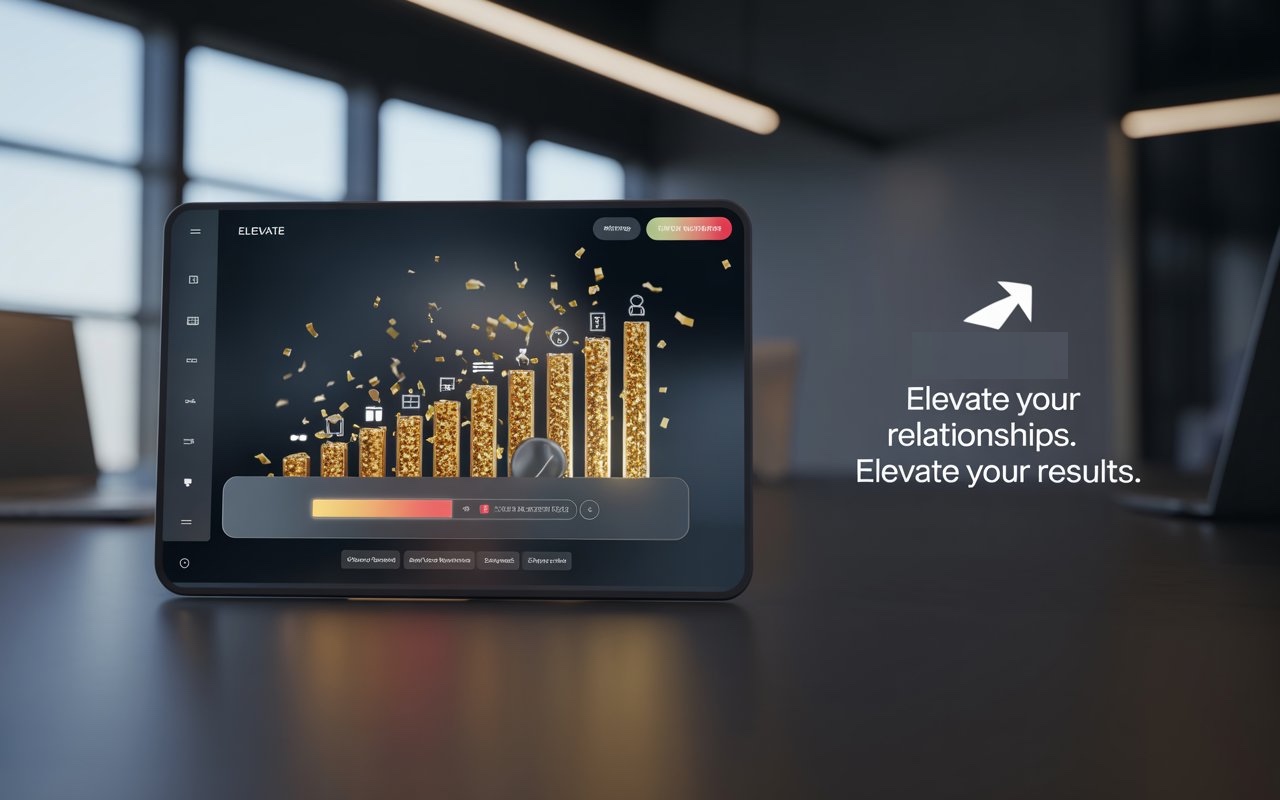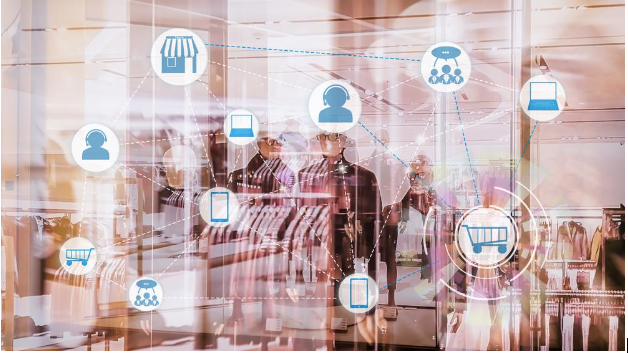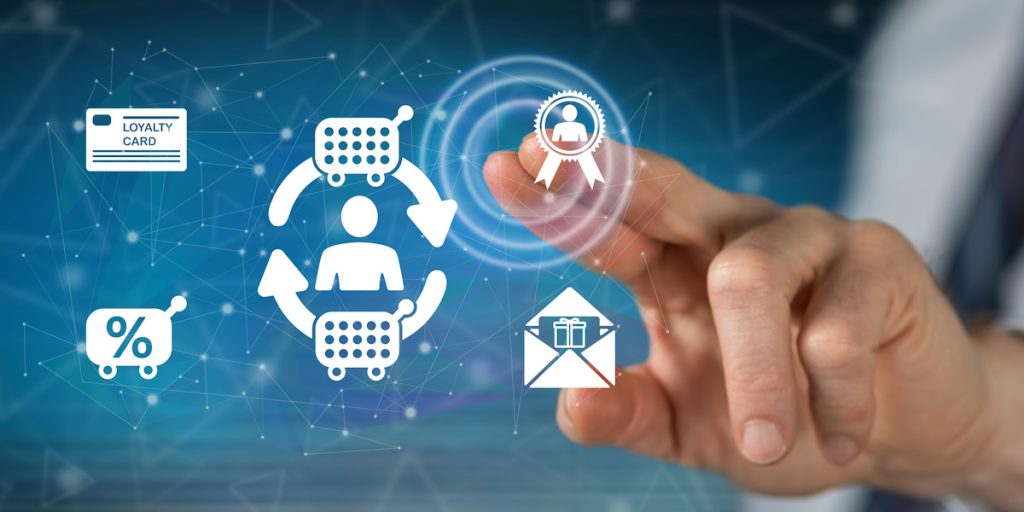Building lasting relationships with business clients has been a priority for companies for decades. Over the past 25 years, B2B customer loyalty programs have transformed significantly to meet evolving business needs and market dynamics. These programs now play a vital role in not just retaining clients but also in strengthening partnerships and driving growth.
A successful B2B loyalty program goes beyond simple rewards; it focuses on creating value that resonates with businesses, encouraging long-term engagement. But what are the key factors that make a B2B loyalty program truly effective? Let’s explore the insights gathered from industry research and expert analyses over the last quarter-century.
Understanding B2B Customer Loyalty Programs
At their core, B2B customer loyalty programs aim to deepen the relationship between companies and their business clients. Unlike B2C programs, these initiatives often require more complex strategies because B2B relationships typically involve longer sales cycles, higher stakes, and multiple stakeholders.
Such programs can include various incentives like volume discounts, priority services, training sessions, or exclusive access to innovations. The ultimate goal is to enhance customer satisfaction, increase repeat business, and build a competitive advantage.
For more on the advantages of these programs, you can visit this page on the Benefits of B2B Customer Loyalty Programs.
Trends in B2B Loyalty Programs Over the Last 25 Years
1. Shift from Transactional to Relational Loyalty
In the late 1990s and early 2000s, many B2B loyalty programs focused mainly on transactional rewards—offering discounts or points based on purchases. However, as business relationships became more complex, the focus shifted toward relational loyalty, which emphasizes trust, collaboration, and shared value creation. (HBR, 2019).
2. Increased Use of Data Analytics and CRM Systems
With the rise of digital technologies, companies began leveraging customer data to understand buying behavior and tailor loyalty programs. The integration of Customer Relationship Management (CRM) systems became standard practice, enabling businesses to personalize offers and improve client experience. (Gartner Report, 2021).
3. Digital Transformation and Automation
The past decade saw rapid digitalization of B2B loyalty programs. Automated platforms replaced manual tracking, enabling real-time reward management, easier communication, and seamless program participation. This change has made it possible to offer more dynamic and engaging loyalty experiences. (Forbes, 2020).
4. Emphasis on Customer Experience and Personalization
Modern B2B loyalty programs prioritize personalized customer experiences. According to McKinsey, personalization in B2B sales and loyalty leads to significantly higher customer retention and satisfaction rates. (McKinsey, 2022).
5. Integration of Sustainability and Ethical Practices
Recently, there has been a growing trend toward incorporating sustainability and corporate social responsibility into loyalty programs. Businesses now reward partners for sustainable practices or ethical sourcing, reflecting a broader shift in corporate values. (Deloitte, 2023).
What Makes a Great B2B Customer Loyalty Program?
Focus on Customized Rewards
Every business client is different. Great programs use data to offer rewards that truly fit the client’s needs—whether that’s volume-based discounts, specialized training, or co-marketing opportunities. This personalized approach helps deepen trust.
Clear Communication and Transparency
Clients want to understand exactly how the program works. Transparent terms, easy access to rewards, and clear benefits build confidence and encourage active participation.
Support Long-Term Relationships
B2B loyalty is less about quick wins and more about nurturing ongoing collaboration. Programs that reward contract renewals, referrals, or joint ventures foster deeper business ties.
Measuring Success in B2B Loyalty Programs
Effective measurement helps companies adjust their loyalty initiatives for maximum impact. Key metrics include:
- Customer retention and repeat purchase rates
- Increase in client lifetime value
- Participation and engagement levels
- Customer satisfaction scores
- Program ROI and cost-effectiveness
Conclusion
The landscape of B2B customer loyalty programs has shifted dramatically over the past 25 years, moving from simple transactional models to sophisticated, data-driven, and relationship-centered strategies. By focusing on personalization, transparency, and long-term engagement, companies can build loyalty programs that not only retain clients but also foster meaningful partnerships.
Ready To Strengthen Your Client Relationships With A Tailored B2b Customer Loyalty Program?




